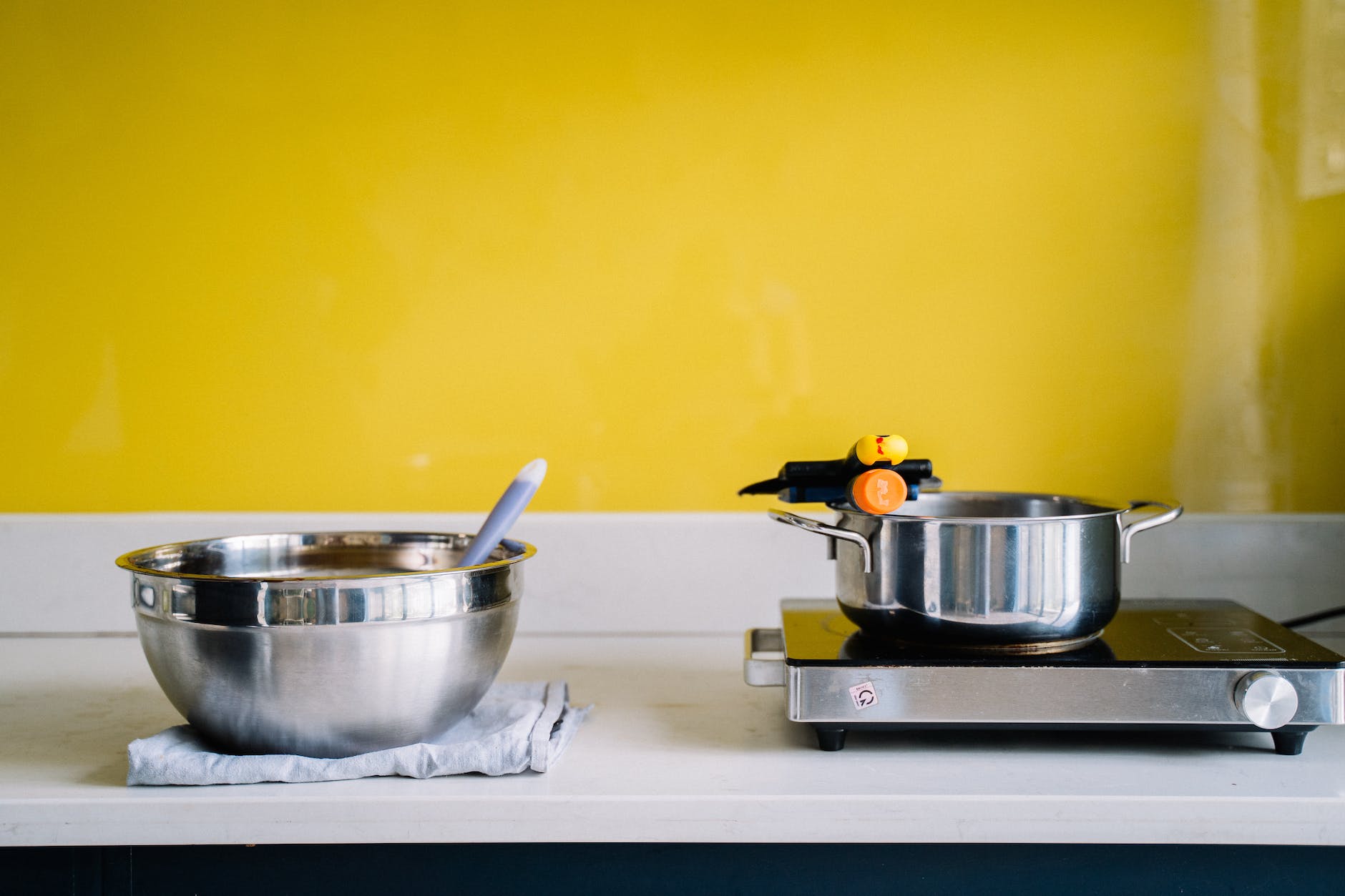
Saucepan
Cooking is an art, and a good cook knows that having the right cookware is essential to creating a delicious masterpiece. Among the many types of cookware, the saucepan or saucier is one of the most versatile and valuable tools in any kitchen. It can do everything from frying to sautéing to braising to simmering. And since sauces are the soul of cooking, they add depth, flavour, and character to dishes, transforming a simple meal into a culinary masterpiece. This article will explore saucier pans’ different materials and variants and how they can elevate your culinary game.
Materials
Sauciers are available in various sizes and materials, each with unique features and benefits. Some of them are as follows:
Stainless Steel
Stainless steel is a popular choice for saucier pans because of its durability, versatility, and ease of cleaning. It’s also non-reactive, so it won’t react with acidic ingredients like tomatoes or wine, altering their taste or appearance. Stainless steel variants are ideal for making delicate sauces like beurre blanc or hollandaise, which require precise temperature control.
Copper
Copper is a top-of-the-line material for pans, favoured by professional chefs for its unparalleled heat conductivity and responsiveness. Copper sauciers heat up quickly and distribute heat evenly, allowing for precise temperature control and preventing hot spots. They’re also beautiful, with their warm, reddish-gold hue. They are perfect for making sauces that require a quick response to changes in temperature, such as caramel or chocolate sauce.
Aluminium
Aluminium pans are a budget-friendly alternative to copper, offering similar heat conductivity and responsiveness. They’re also lightweight, making them easy to manoeuvre and control. Aluminium variants are ideal for making sauces that require a lot of stirring or whisking, like roux-based sauces or gravy.
Ceramic
Ceramic sauciers are small cooking vessels specifically designed for heating and serving sauces. These pans are made from high-quality ceramics that are durable and long-lasting. The design of ceramic variants typically includes a spout for easy pouring, a broad base for stability, and a handle for safe and easy handling. They come in a range of sizes and shapes to accommodate different amounts of sauce, and their attractive appearance also makes them suitable for serving sauces at the dining table.
Choosing the Right Saucier
When choosing a pan, consider the sauce you’ll make most often, your cooking style, and your budget. A stainless steel variant may be the best choice if you frequently make delicate sauces requiring precise temperature control. If you’re a professional chef or serious home cook, a copper pan may be worth the investment for its unparalleled heat conductivity and responsiveness. And if you’re on a budget, an aluminium pan can offer similar benefits at a lower price point.
Summing Up
Choosing the right saucepan for your cooking style and the types of sauces you make most often can elevate your culinary game and create delicious, complex flavours. So, whether you’re a professional chef or a home cook, invest in high-quality pans and discover the magic of making delicious sauces. With the right tool, you can explore new culinary horizons, experiment with different flavours and textures, and impress your family and friends with your cooking skills. From beurre blanc to caramel sauce, a pan can help you create the perfect finishing touch to any dish. So why wait? Start exploring the world of sauciers today and take your cooking to the next level!
Author: Natalia






